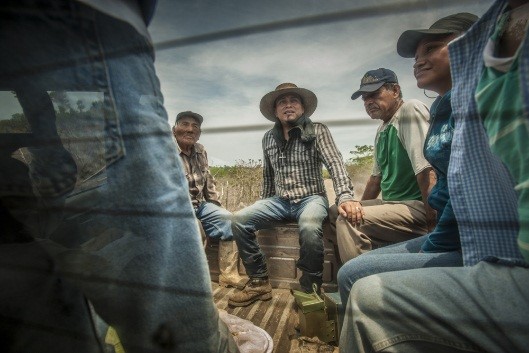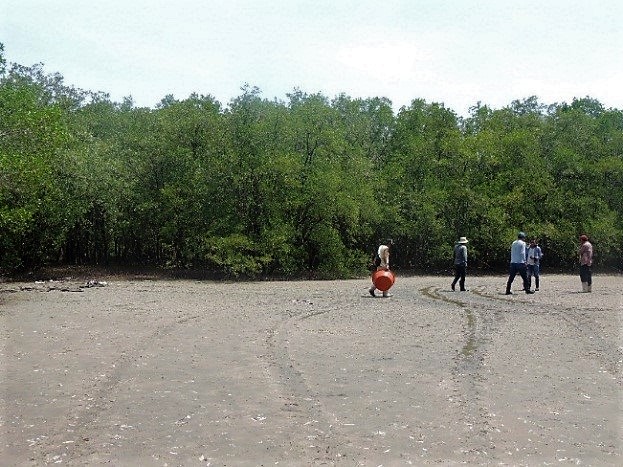


Within ejido community structures, the ejido assembly acts as a governance platform and is the highest decision-making body. Achieving the approval of the assembly was a key step to initiating and then increasing mangrove restoration efforts in the Conquista Campesina ejido. A community program was developed for the conservation of wetlands and aquatic systems through the voluntary conservation of lands nominated as "ecological easements". Thanks to its work around the mangroves, the ejido’s organization has improved and generated more institutional linkages, both with state and federal entitites. This also opens up opportunities to up-scale adaptation needs to higher levels of government. With this aim of political advocacy, ejido members participated in the VII National Congress on Climate Change Research, sponsored by the recently re-activated Chiapas Climate Change Advisory Council, to present the benefits of EbA as well as proposals for their priorities to be taken into account in the State’s climate change policy. Assisting the ejido’s social organization therefore helped to enhance governance for climate change adaptation from the local to the state level.
- The support of the ejido assembly favours the implementation and monitoring (M&E) of EbA measures. This is a social reseach with household surveys that is to be applied during rainy and dry season.
- The National Congress on Climate Change Research, involving the newly re-activated Chiapas Climate Change Advisory Council, offers a window of opportunity for stakeholders, such as the ejidos, to present their needs and proposals related to climate change, before different state entities.
- The ejido’s organization and the technical support were key for the implementation of restoration and monitoring actions, and also in the adoption of agreements, the up-scaling of EbA, and the accessing of financial resources under federal programs (CONAFOR’s Payment of Environmental Services).
- Given the mosaic of property regimes that exist on the coast of Chiapas, the best alternatives for protecting coastal ecosystem services and local livelihoods are those derived from conservation mechanisms for which the main driving force is the active participation and empowerment of the users and owners of the natural resources.